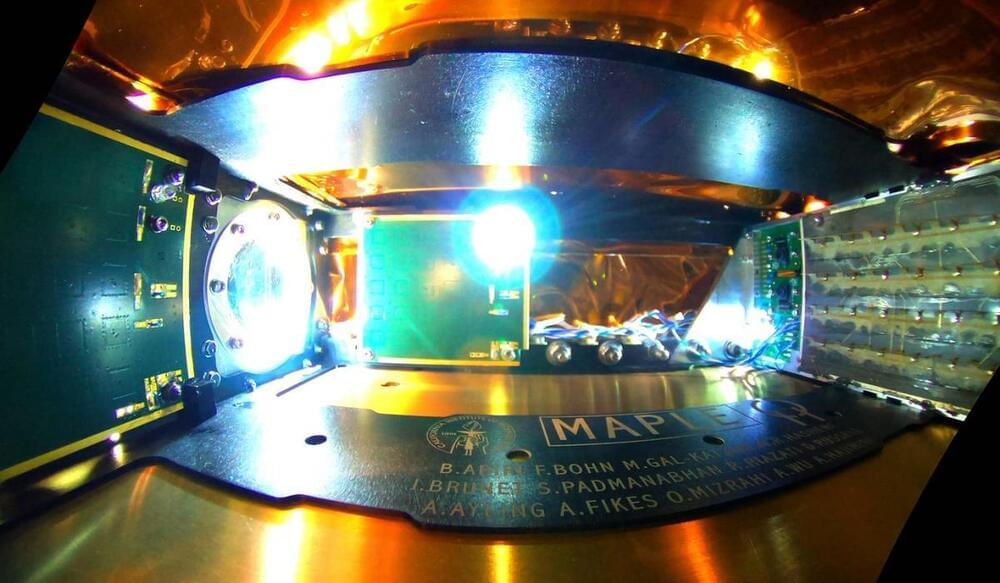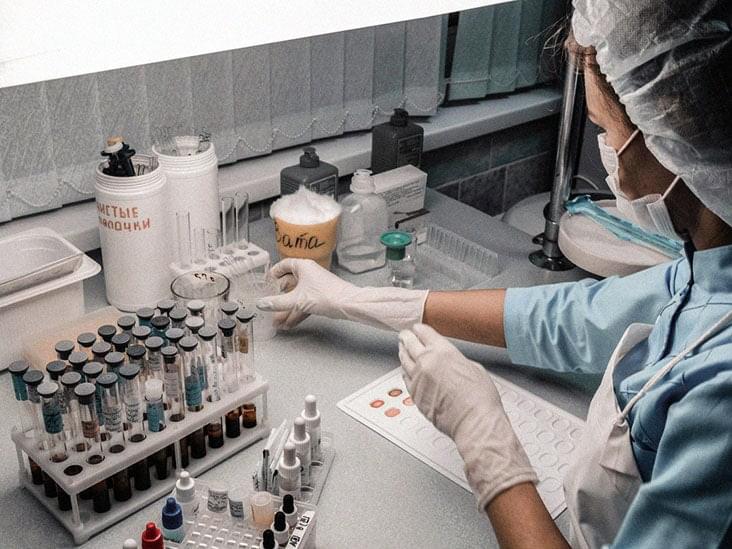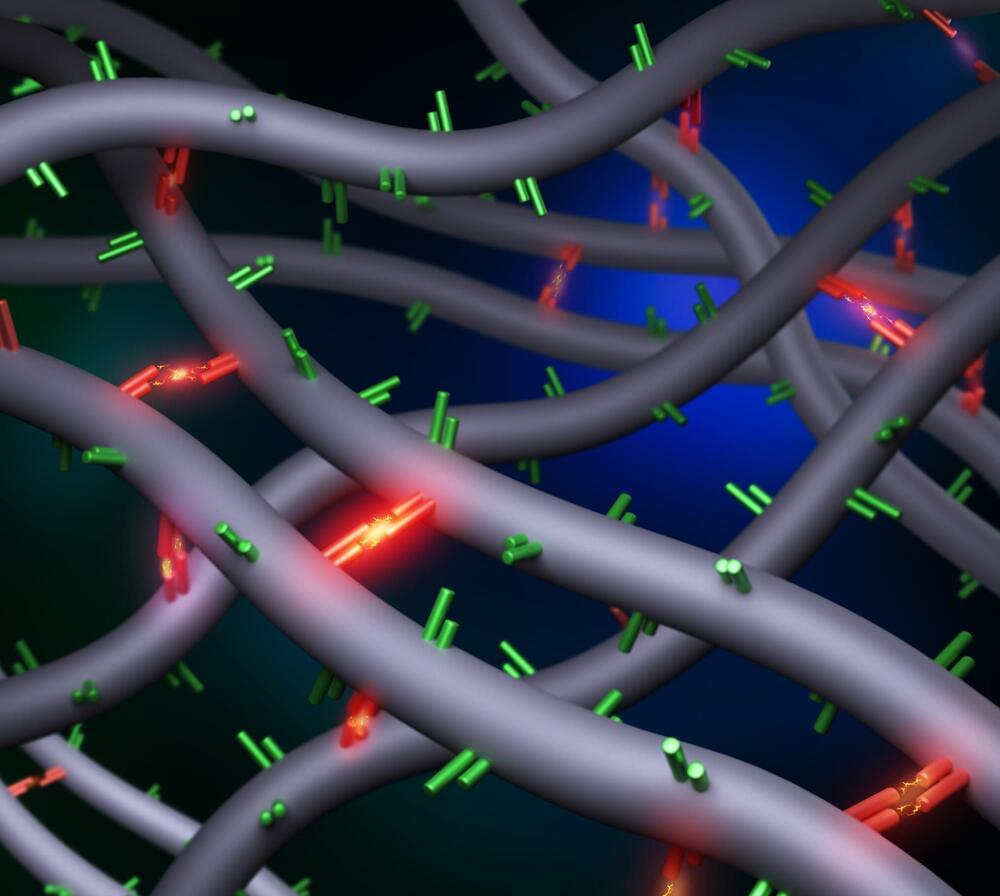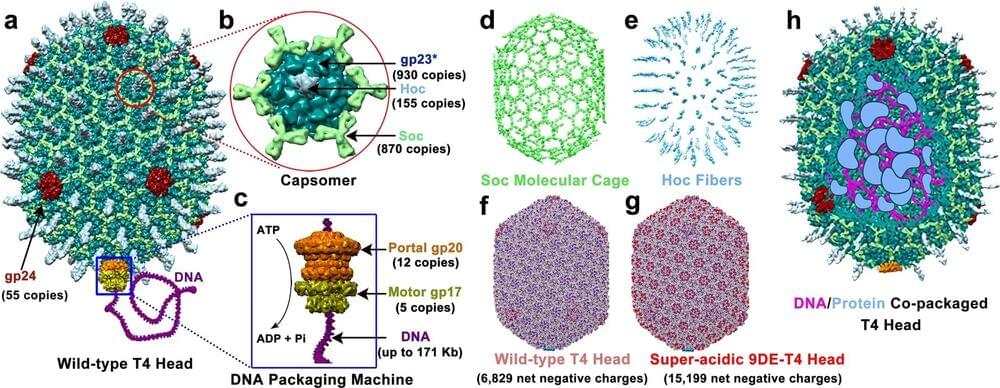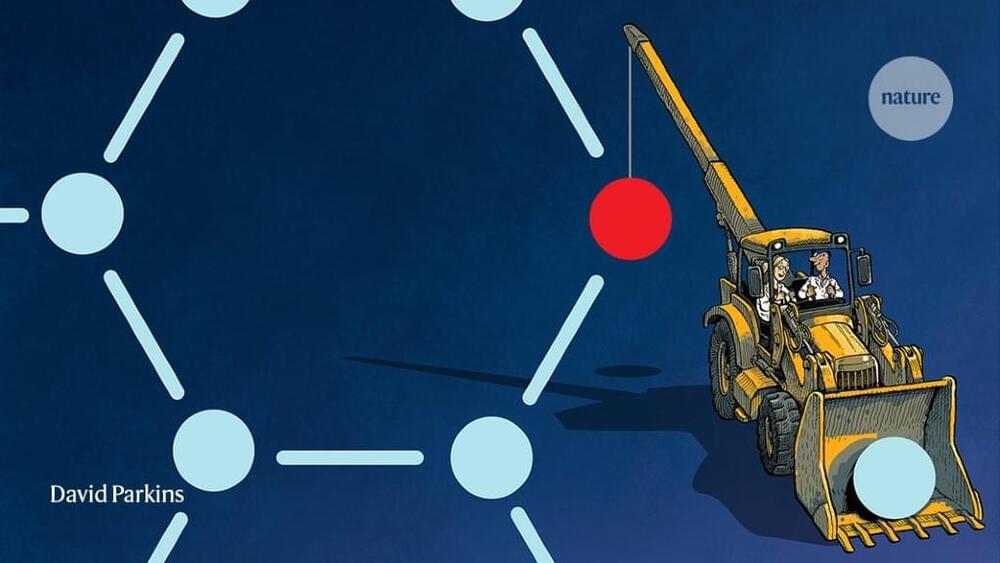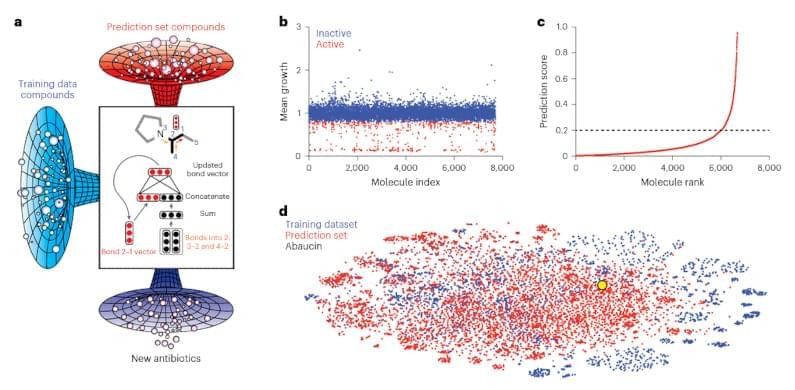Visit our sponsor, Brilliant: https://brilliant.org/IsaacArthur/
To travel to other planets, we will first have to build up are infrastructure closer to home, in orbit of Earth. The best place to get all the mass for those space stations and rocket fuel depots is from the Moon, and we’ll examine the milestones we’ll need to reach to start lunar resource harvesting and building up space settlements.
National Space Society Roadmap:
https://space.nss.org/nss-roadmap-to-space-settlement-3rd-edition-2018-contents/
Visit our Website: http://www.isaacarthur.net.
Support us on Patreon: https://www.patreon.com/IsaacArthur.
SFIA Merchandise available: https://www.signil.com/sfia/
Social Media:
Facebook Group: https://www.facebook.com/groups/1583992725237264/
Reddit: https://www.reddit.com/r/IsaacArthur/
Twitter: https://twitter.com/Isaac_A_Arthur on Twitter and RT our future content.
SFIA Discord Server: https://discord.gg/53GAShE
Listen or Download the audio of this episode from Soundcloud: Episode’s Audio-only version: https://soundcloud.com/isaac-arthur-148927746/colonizing-cis…nge-points.
Episode’s Narration-only version: https://soundcloud.com/isaac-arthur-148927746/colonizing-cis…ation-only.
Credits:
Colonizing Cislunar Space and the Lagrange Points.
Science & Futurism with Isaac Arthur.
Episode 255; September 10, 2020
Produced & Narrated by Isaac Arthur.
Written by:

